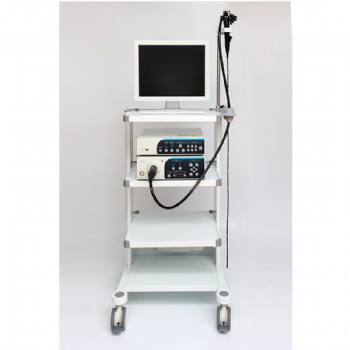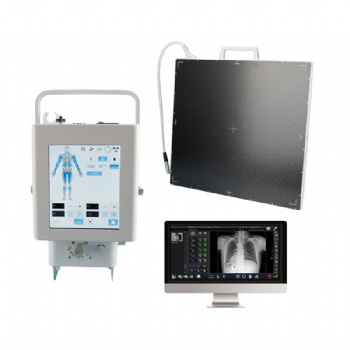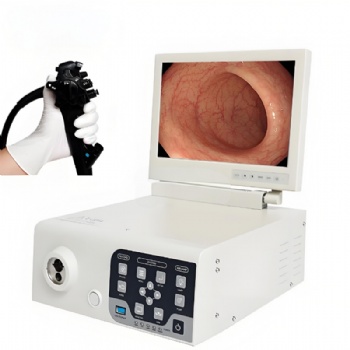News
Laparoscopy: A Comprehensive Overview
Laparoscopy, also known as keyhole surgery, is a minimally invasive surgical procedure that involves using a thin, lighted instrument called a laparoscope to view the inside of the abdomen or pelvis. This technique has revolutionized the field of surgery by minimizing the need for large incisions and reducing patient discomfort and recovery time.
The laparoscope used in this procedure is a long, slender tube with a camera and a light source on the end that is inserted through a small incision in the patient's body. The camera sends real-time images of the internal organs to a monitor in the operating room, allowing the surgeon to view and manipulate the organs as necessary.
Laparoscopy is commonly used in gynecology for procedures such as tubal ligation, removal of ovarian cysts, and hysterectomies. It is also used in general surgery for procedures such as gallbladder removal, hernia repairs, and bowel resections. Additionally, it can be used in urology for procedures such as kidney removal, nephrectomy, and prostate surgery.
One of the main benefits of laparoscopy is the reduced post-operative pain and scarring. Traditional surgeries require larger incisions that increase post-operative pain and require longer recovery time. Laparoscopic incisions are typically no larger than 1 to 2 cm, which not only reduces discomfort but also reduces the risk of complications such as infections.
Another significant advantage of laparoscopy is the shorter hospital stay associated with this procedure. In traditional surgeries, patients may need to stay in the hospital for several days to monitor their recovery, but with laparoscopy, patients often go home on the same day or the following day.
However, it is worth noting that laparoscopy requires specialized training and experience. The technology is delicate, and the procedure can be more challenging than traditional surgeries, increasing the risk of complications if not performed correctly. As a result, patients should always ensure that their surgeon is experienced and knowledgeable in laparoscopic procedures.
In summary, laparoscopy is a minimally invasive surgical technique that offers numerous benefits compared to traditional surgeries. This technique reduces post-operative pain, scarring and results in shorter hospital stays. It has revolutionized the field of surgery, making it possible to perform complex procedures with minimal invasiveness. However, patients need to ensure that their surgeon has the necessary training and experience before agreeing to the procedure.
Categories
Contact Us
- +86-18018467613
- +86-13357930108
- info@82tech.com




